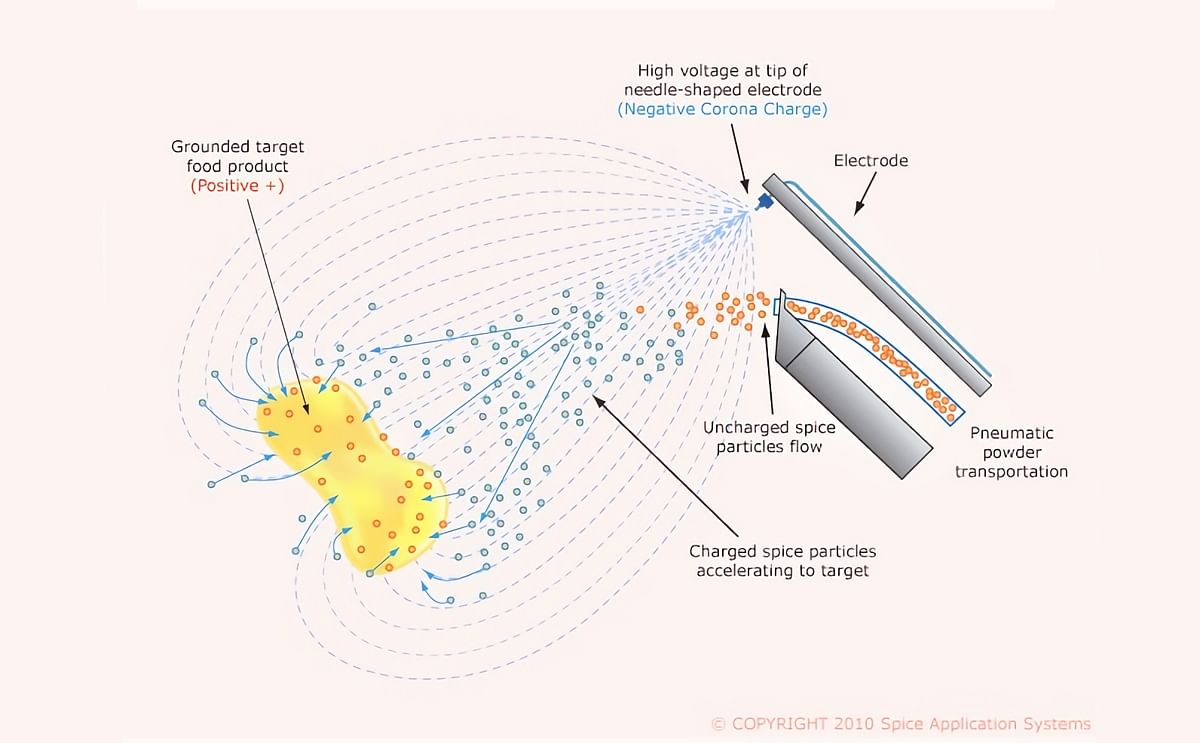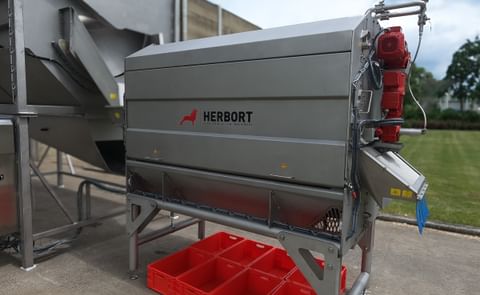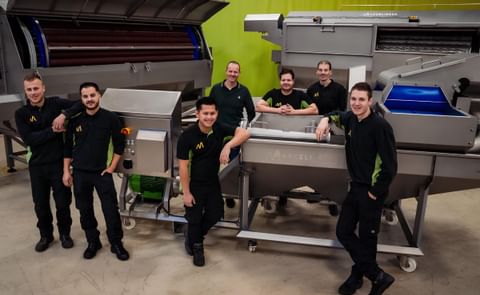Spice Application Systems is launching an exclusive new facility which allows customers to test out the power of electrostatics on their products.
The testing, which takes place in laboratories at the University of Reading, is being led by an experienced applications chemist, and can help manufacturers determine the conductivity of the ingredients to achieve top class results.
SAS managing director Peter King says the move is in reply to a long-held industry view that electrostatics “doesn’t work”. He says he is determined to prove the doubters wrong and ensure they “find out the truth”.
“For far too long, electrostatics has been seen as the ‘cinderella’ approach to adding flavourings and powders to foodstuffs,” he said. “In fact, electrostatic technology is so advanced that it is used in the world’s top laboratories for drug testing in high level sports such as the Olympics and horseracing, if the technique is good enough for them, it is undoubtedly good enough to succeed in the food industry.”
Working alongside King and leading the trials programme is experienced pharmaceutical industry expert Robin Brownsill, M.Sc. CChem MRSC. With a background in medical and pharmaceutical research, he has been able to apply specialist analytical techniques to the trials process and has already undertaken tests for major customers at the University’s food testing laboratories.
“For SAS’s clients, the biggest question has always been ‘does electrostatics work’, these tests give them an unequivocal ‘yes’,” said Brownsill. “For the first time, we can examine the make-up of powders and spices in minute detail and, by adding a negative charge, can demonstrate the exact level of electrostatic conductivity that manufacturers can expect when they are applied to the base product. “These tests provide major food companies with the proof they need and we believe it will give them the confidence to invest in SAS’s equipment. You can’t argue with science.”
The testing process, which works equally well across a range of powders, additives, vitamins, spices and oils, is able to identify key conductive components such as salt, acids and sugars. Brownsill makes the point however, that it is not about proving if one spice flavour is more conductive than another, but simply demonstrating the proof of concept. “Our new test facility shows not only does electrostatics work, but it works well, and all we need is a test sample to be able to demonstrate the process,” he said.
“The benefits of using electrostatics include massive cost savings on powder usage because the amount of wastage is cut dramatically; there’s less dust and powder in the air, so it’s a much cleaner and efficient working environment; and the end result is a greatly improved tasting product with all-round flavour coverage. “With this new test facility in place, I fail to see how anyone can now say that electrostatics doesn’t work for the food industry and we hope it will be a big step forward in helping persuade major manufacturers.”
King and his team will be talking about the latest techniques at Interpack 2014, May 8-14 in Dusseldorf, Germany, where SAS is in Hall 4, stand F14.
Spice Application Systems wants to prove the power of electrostatics with your product

Like to receive news like this by email? Join and Subscribe!
NEW! Join Our BlueSky Channel for regular updates!
Highlighted Company
Sponsored Content
Sponsored Content
Sponsored Content
Related Events
Sponsored Content
Sponsored Content







